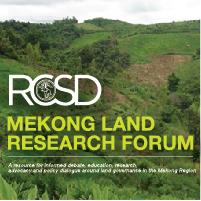Resource information
The rubber tree is native to the humid tropics and has traditionally been cropped in the equatorial zone between 108Nand 108S; in mainland Southeast Asia this includes portions of southern Thailand, southeastern Vietnam, and southern Myanmar. In the early 1950s, the Chinese government began to invest in growing rubber in environments perceived to be ecologically marginal and eventually established state rubber plantations in areas that lie as far north as 228 north latitude. China’s success in growing rubber in these ‘non-traditional’ environ- ments expanded the habitat in which rubber could be planted and pushed it further north. Today entrepreneurs from China, Vietnam, Malaysia, and Thailand are investing in rubber plantations in areas of Laos, Cambodia, and Myanmar, northwest Vietnam, northeast Thailand, and Yunnan, China. The impact of rubber on smallholders, however, is not yet clear. Experiences in Xishuangbanna, Yunnan, China and northeast Thailand clearly show that smallholder rubber production is a viable and effective proposition in moving households and communities out of poverty. By contrast in countries such as Laos, Cambodia and Myanmar many farmers are struggling to maintain their lands and forests in the face of growing pressures from investors and government institutions to impose concession arrangements.


